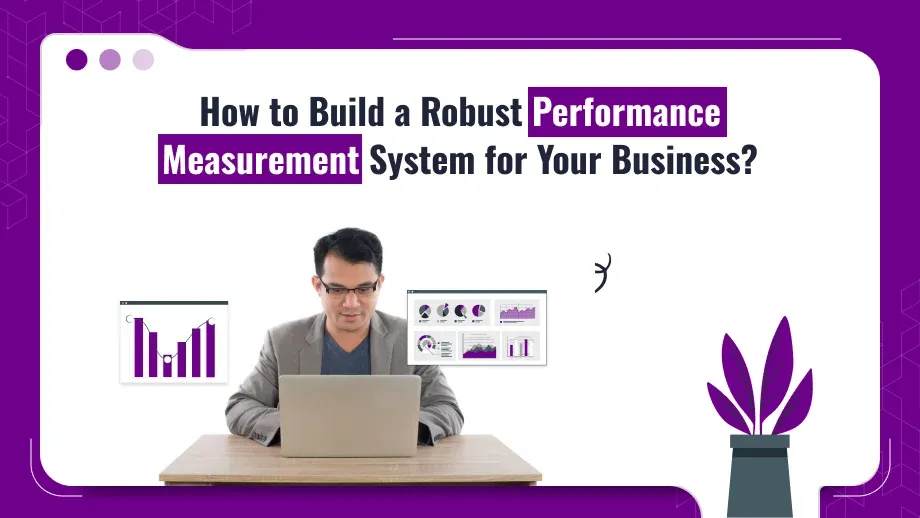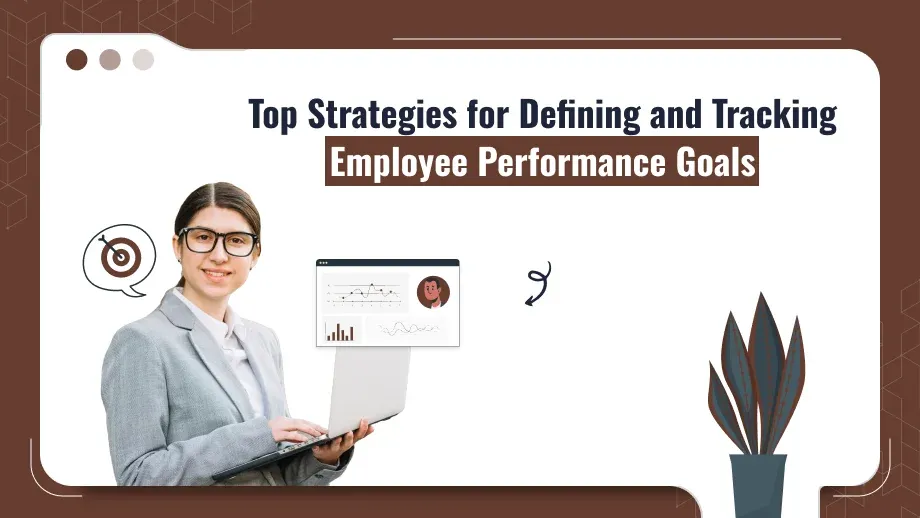
In today’s energetic trade environment, workforce engagement strategy has gotten to be a beat need for organizations around the world. Locked in representatives are not as it were more beneficial but too more inventive and committed to their organization’s long-term victory. A strong Workforce Engagement Strategy is significant for any company looking to flourish in this competitive landscape.
This comprehensive direct digs into the Workforce Engagement Strategy and how coordination execution administration hones can offer assistance cultivate a culture of engagement and efficiency. We will investigate the center viewpoints of workforce engagement, the part of execution administration, and devices like the Best performance management tools and Execution Administration Framework in India, which can offer assistance streamline the process.
What is Workforce Engagement Strategy?
A Workforce Engagement Strategy is a organized approach outlined to guarantee that workers feel persuaded, esteemed, and associated to the objectives of the organization. A great engagement methodology adjusts person goals with the company’s vision, eventually driving to higher execution levels, more noteworthy development, and moved forward maintenance rates.
The procedure joins different components such as representative strengthening, acknowledgment, career improvement, straightforward communication, and a sound work-life adjust. It’s more than fair advertising advantages and benefits—it’s around making a working environment culture that cultivates believe, inspiration, and growth.
Importance of Workforce Engagement strategy
Before jumping into the specifics of building an engagement methodology, let’s to begin with get it why workforce engagement is important.
Increased Efficiency: Locked in workers are more likely to take activity, meet due dates, and provide quality work. They are sincerely contributed in their work, which drives superior execution and outcomes.
Better Maintenance: Representatives who feel locked in and esteemed are more likely to remain with the organization for a longer period. This decreases turnover rates and the related costs of contracting and preparing modern staff.
Higher Advancement Levels: When representatives feel associated and contributed in their work, they are more likely to contribute modern thoughts and imaginative arrangements to problems.
Stronger Organizational Commitment: Locked in representatives are more committed to the company’s objectives and targets. They work towards the victory of the organization with more prominent dedication.
Enhanced Company Culture: A solid workforce engagement procedure makes a difference construct a positive work culture. This leads to progressed assurance, collaboration, and collaboration among workers, which encourage underpins trade growth.
Transform Your Work environment with an Compelling Workforce Engagement Strategy.
Learn How Our Arrangements Can Raise Performance.
6 Key Components of a Fruitful Workforce Engagement Strategy
1. Creating Performance Management
Performance management is one of the center columns of workforce engagement. By creating a execution administration system, organizations can adjust person objectives with organizational goals, guaranteeing that representatives get it their part in the greater picture. Normal execution audits and criticism sessions keep workers on track and motivated.
- In this setting, execution administration involves:
- Setting clear, quantifiable objectives for each employee.
- Conducting execution appraisals.
- Offering input and advancement opportunities.
By adjusting representative endeavors with company destinations, execution administration gets to be a device for improving workforce engagement.
2. Employee Empowerment
Employee strengthening is fundamental for engagement. When employees are given the independence to make choices and take possession of their work, they feel more esteemed and persuaded. Strengthening goes hand-in-hand with responsibility, where workers are mindful for their results. Tracking employee performance in this setting permits both representatives and directors to survey advance and recognize ranges for enhancement. This cultivates a sense of pride and achievement, driving them to contribute more effectively
3. Acknowledgment and Rewards
Recognition plays a pivotal part in keeping representatives locked in. A well-structured acknowledgment and rewards program can lead to expanded work fulfillment, higher resolve, and diminished turnover. Acknowledgment doesn’t continuously have to be monetary – it can be in the shape of verbal commend, worker of the month grants, or indeed team-wide acknowledgment for a work well done.
An compelling acknowledgment framework ought to be:
- Timely: Recognize endeavors promptly after accomplishments.
- Personalized: Tailor acknowledgment to what spurs each employee.
- Consistent: Guarantee that acknowledgment happens routinely and for all meriting employees.
4. Persistent Learning and Development
Offering proficient development openings is another basic component of workforce engagement methodology. Workers who feel stagnant in their parts are more likely to separate. Giving them with openings for nonstop learning, whether through workshops, online courses, or mentoring, keeps them contributed in their career advancement inside the organization.
- Programs to consider include:
- Leadership improvement workshops.
- Skill-based preparing sessions.
- Cross-functional preparing opportunities.
5. Straightforward Communication
Open communication is crucial to an locked in workforce. Workers ought to feel comfortable voicing their suppositions, inquiring questions, and giving criticism. Administration ought to effectively tune in to representative concerns and communicate company objectives, changes, and desires clearly. This cultivates believe and builds a collaborative environment where workers feel valued.
6. Work-Life Balance
An locked in workforce is a solid workforce. Advertising adaptable work plans, farther work choices, and mental well-being bolster can significantly progress representative fulfillment. Workers who feel that their individual well-being is regarded by their manager are more likely to remain committed to their work.
Companies can advance work-life adjust by:
- Encouraging representatives to take time off.
- Offering adaptable work hours.
- Providing wellness programs and mental wellbeing support.
Role of Performance Management in Workforce Engagement
A viable Performance Management Strategy is indispensable to any workforce engagement strategy & arrangement. Performance management ensures that workers get it their objectives, get normal criticism, and have openings for development. Here’s how performance management can progress engagement
Goal Alignment:
Employees who understand how their work contributes to organizational victory are more likely to be locked in. Performance management makes a difference adjust person objectives with the broader commerce destinations, guaranteeing that workers know precisely what is anticipated of them.
Regular Input and Coaching:
Providing continuous criticism keeps workers educated approximately their performance, making a difference them make strides in real-time. Normal check-ins between supervisors and employees moreover construct more grounded connections, cultivating believe and engagement.
Career Development Opportunities:
A great performance management framework centers on worker development. By setting clear career improvement objectives and giving the essential assets to accomplish them, organizations appear their commitment to representative victory, which in turn drives engagement.
Recognition of Efforts:
Recognition is a key help. A execution administration framework ought to incorporate components for recognizing workers who meet or surpass execution desires. This not as it were fortifies positive behavior but moreover propels other workers to endeavor for excellence.
Best Performance Administration Software for Workforce Engagement Strategy
Investing in the Best Performance Management Software can essentially upgrade your workforce engagement strategy. Execution administration program makes a difference mechanize assignments like goal-setting, execution following, and criticism, making the whole prepare more productive and transparent.
Some key highlights to see for in performance management software include:
- Goal Following: Empowers representatives to set objectives adjusted with organizational goals and track their advance in real-time.
- Continuous Criticism: Permits directors to give progressing input to workers, making a difference them move forward continuously.
- Performance Evaluations: Mechanized execution audits guarantee that surveys are conducted on time and that criticism is consistent.
- Analytics: Gives bits of knowledge into execution patterns, making a difference HR groups make educated decisions.
Performance Management System in India for small businesses to large businesses
For businesses working in India, finding the right Performance Management System in India is fundamental for managing representative execution successfully. These systems not as it were offer assistance adjust workforce endeavors with trade targets but too guarantee compliance with nearby labor laws to construct solid Workforce Engagement Strategy.
Features of a great performance management system in India include:
Customizable Audit Formats: Custom-made to meet the interesting needs of Indian businesses.
Compliance Highlights: Guarantees that performance management practices follow to Indian labor laws.
Engagement Instruments: Consolidates highlights like representative input circles, overviews, and acknowledgment programs to boost engagement.
Mobile Access: Permits workers to get to execution information on the go, keeping them educated and engaged.
Conclusion
In today’s competitive business environment, a strong Workforce Engagement Strategy is no longer optional—it’s fundamental. By centering on worker strengthening, acknowledgment, nonstop learning, and work-life adjust, companies can cultivate a culture of engagement that drives productivity and development. Performance Administration strategy with apparatuses like the Best Execution Administration Computer program or Execution Administration Framework in India guarantees that representatives stay adjusted with organizational objectives and feel esteemed for their contributions.
Ultimately, an locked in workforce is a company’s most important resource. Organizations that contribute in their employees’ engagement and execution will see more prominent victory, higher maintenance rates, and a more positive work environment.





